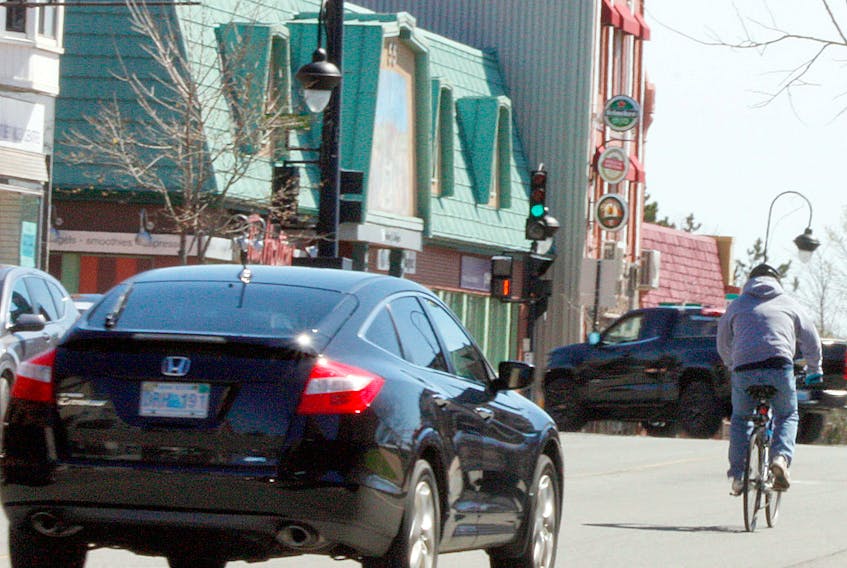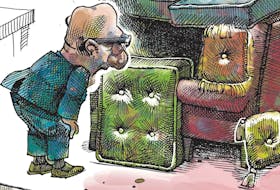There is a growing divide across Atlantic Canada, and it has nothing to do with trade, federal transfers, electricity rates or political differences. It involves transportation, lifestyles, climate change and increasingly, highway safety.
It’s about the increasing friction between cyclists and motorists.
There is an entrenched mindset that cycling is largely a rural, seasonal event, with cyclists, mostly tourists, meander along quiet, wooded roads enjoying nature. If cyclists came into the city, they stayed along waterfronts, parks, boardwalks and quiet, residential neighbourhoods.
But it seems motorists and governments were unprepared for the invasion of urban cyclists. Their numbers are growing amid general concerns over climate change, healthier lifestyles and parking issues. More cyclists mean additional issues for motorists, which in turn requires that governments take measures to deal with safety and access concerns.
Plenty of Canadians are prepared to blame any accidents or issues on cyclists, saying cyclists often don’t follow the rules of the road. Others say too many drivers aren’t paying enough attention to bicycles on roads.
The obvious dangers of cycling along busy, city streets have resulted in bike lanes and buffered corridors gaining popularity. An online survey done in March of 5,423 Canadian adults who are members of the Angus Reid Forum found that more than two-thirds of them say separated bike lanes are a good thing, but far fewer indicated they actually wanted to see them built in their cities. They fear loss of parking, loss of access by shoppers and increased traffic congestion.
There is a pronounced bike-lane divide. Plenty of Canadians are prepared to blame any accidents or issues on cyclists, saying cyclists often don’t follow the rules of the road. Others say too many drivers aren’t paying enough attention to bicycles on roads.
Many cities are taking action to support cyclists but it’s difficult in parts of Atlantic Canada, where original city planners certainly didn't have cycling in mind designing streets along crowded waterfronts.
City-dwellers tend to see more problems with cyclists than people in rural areas. For example, people in Halifax report quite a bit of conflict between cyclists and drivers in the city. And older Canadians tend to blame cyclists and take the driver’s side, while younger citizens, who might be more apt to bike, are split on which group to blame.
The death of a competitive cyclist in New Brunswick several years ago resulted in that province passing a one-metre rule, designed to encourage the safe sharing of highways by all users. Drivers are required to leave one metre of open space between their vehicle and the cyclist when driving beside or passing a cyclist. Similar laws exist in other Atlantic provinces.
In St. John’s, city hall has gone back to the drawing board in its attempts to provide bike lanes.
It’s obvious that cyclists face an uphill battle. We need public education on safety issues involving this cars vs. bikes debate. Motorists need to learn how to safely share the road, because many drivers clearly don’t know what to do when they encounter a cyclist.
Ultimately, we have to change the outmoded mindset that roads are for cars, not bicycles.









